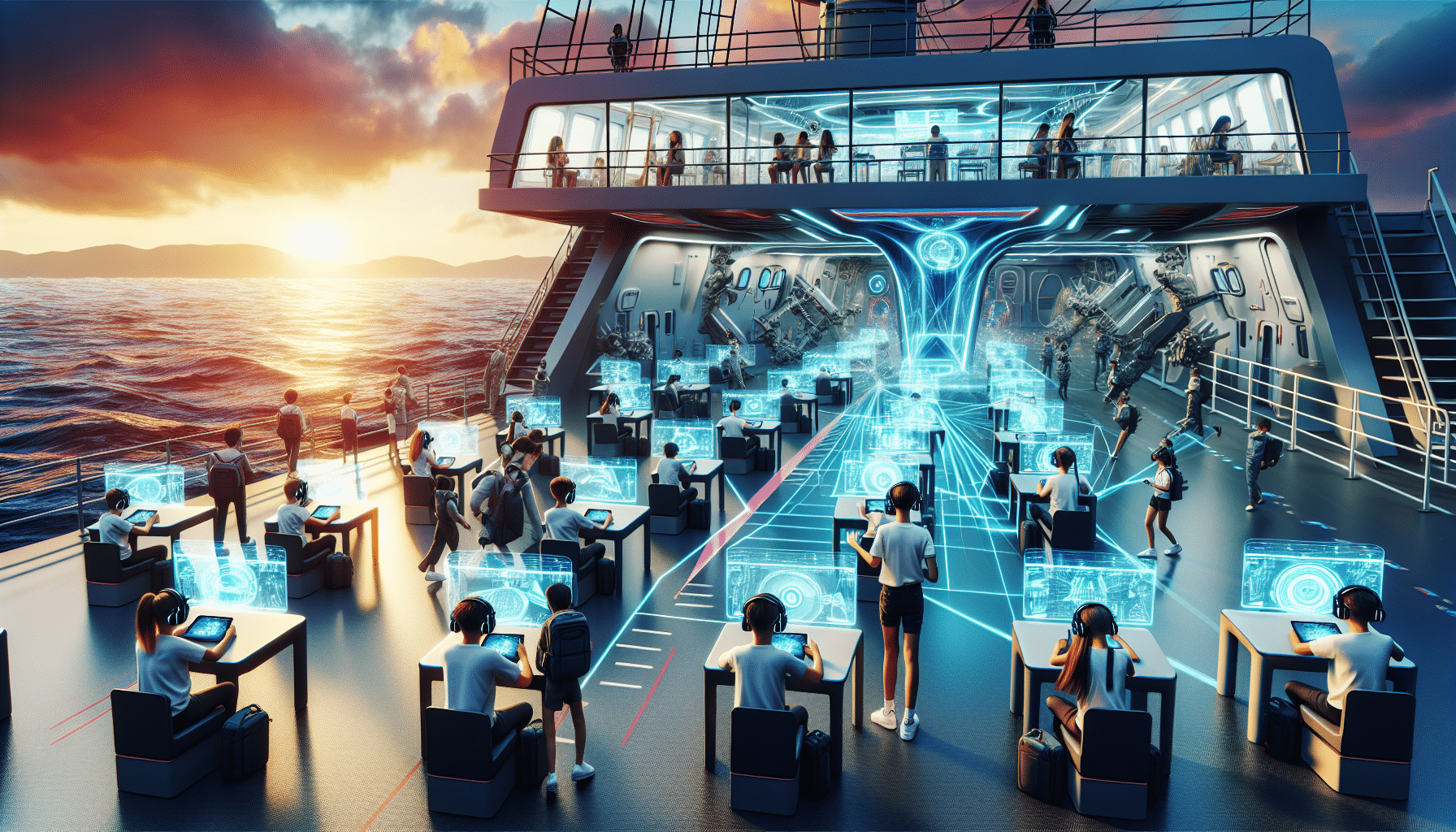Introduction to Digital Transformation in Maritime Education
The maritime industry, integral to global trade and economy, has exhibited considerable growth in incorporating technological advancements. Digital transformation in maritime education is pivotal for preparing the future workforce to efficiently handle modern ships and maritime operations, which are increasingly reliant on digital technology. This transformation involves integrating digital technologies into educational frameworks, enhancing both the teaching methods and learning experiences. The Ultimate goal is to adapt to evolving industry requirements, ensuring students are well-equipped with necessary digital skills.
The Need for Digital Transformation
Traditional maritime education primarily involves face-to occupations, fundamental in understanding maritime concepts and operations. However, with the rapid shift towards automation and digitalization in the maritime sector, there is a pressing need to incorporate digital literacy into the curriculum. This shift is not merely about adopting new technologies but transforming the pedagogical approaches to education in marine institutions. Digital transformation enables an educational paradigm shift from conventional chalk-talk teaching models to interactive, technology-driven learning environments.
Impact of Globalization and Technological Advancements
Globalization has led to increased complexity in maritime operations, including navigation, cargoes management, and safety operations. Technological advancements such as the Internet of Things (IoT), artificial intelligence (AI), and big data are becoming commonplace, making it crucial for maritime professionals to be proficient with these technologies. The ability to analyze data for predictive maintenance, optimized fuel consumption, and improved cargo handling are essential skills in the modern maritime industry.
Key Components of Digital Transformation in Maritime Education
Implementing digital transformation in maritime education involves several key components that collectively enhance the learning process and ensure the relevance of education provided.
Curriculum Integration
The inclusion of digital skills in the curriculum is fundamental. This involves teaching basic IT skills, specialized software for ship design and maintenance, digital communication tools, and the application of AI in maritime contexts. Simulation-based training, which utilizes virtual reality (VR) and augmented reality (AR), is also an important component, providing students with realistic, immersive experiences that replicate onboard conditions without the associated risks.
Faculty Training and Development
For effective digital transformation, faculty members must be adequately trained and equipped to deliver the revised curriculum. This includes professional development programs in digital tools and teaching methodologies that embrace interactive and student-centered learning.
Infrastructure Modernization
Upgrading educational infrastructure is crucial to support digital learning tools. This includes investing in high-speed internet facilities, digital libraries, smart classrooms, and advanced computer labs. Maritime institutions need to ensure that these facilities are in place to support an enriched learning environment.
Challenges in Adopting Digital Transformation
While the benefits of digital transformation in maritime education are significant, there are several challenges that institutions may face during implementation.
Financial Constraints
The initial investment for integrating digital technologies can be substantial. This includes costs associated with purchasing new technology, upgrading existing infrastructure, and training faculty. Finding the financial resources necessary for these investments often poses a significant challenge for many maritime institutions.
Resistance to Change
There is often a natural resistance to change, especially from those accustomed to the traditional methodologies of teaching and learning. Convincing all stakeholders about the long-term benefits of digital transformation is crucial and can require significant effort and time.
Keeping Pace with Rapid Technological Changes
The speed at which digital technologies evolve can also pose a challenge. Maritime institutions must remain agile, continuously updating their curriculum and infrastructural capabilities to keep pace with the latest developments.
Examples of Successful Digital Transformation in Maritime Education
Around the world, some maritime universities and training centers have successfully integrated digital technologies into their educational offerings. For instance, the use of full-mission bridge simulators, engine room simulators, and electronic chart display and information systems (ECDIS) simulators are now common in these institutions. These tools not only enhance the learning experience but also ensure that students are industry-ready upon graduation.
Furthermore, institutions leveraging online platforms to provide flexible learning schedules and remote classes have broadened access to maritime education, accommodating a more diverse student population. This approach not only democratizes learning but also fosters a more inclusive educational environment.





